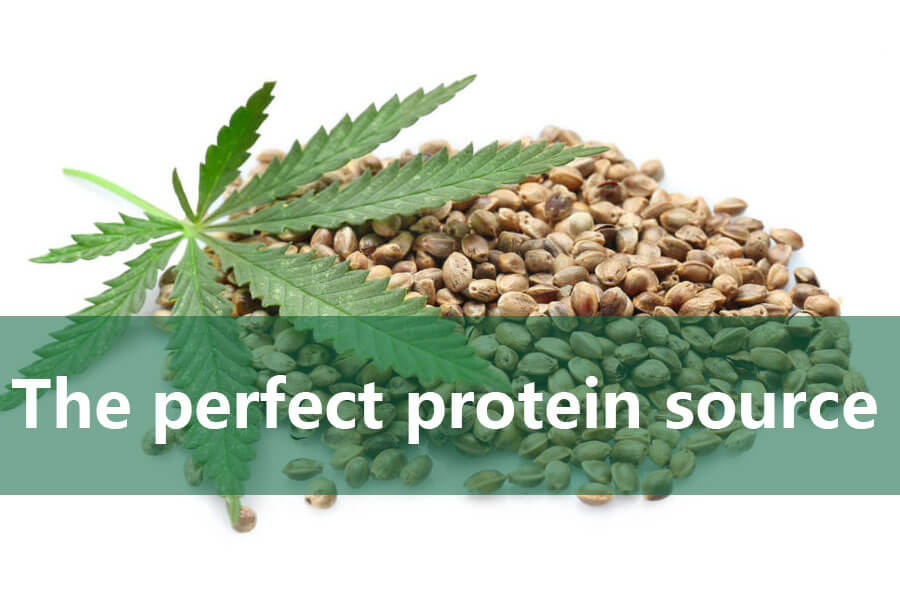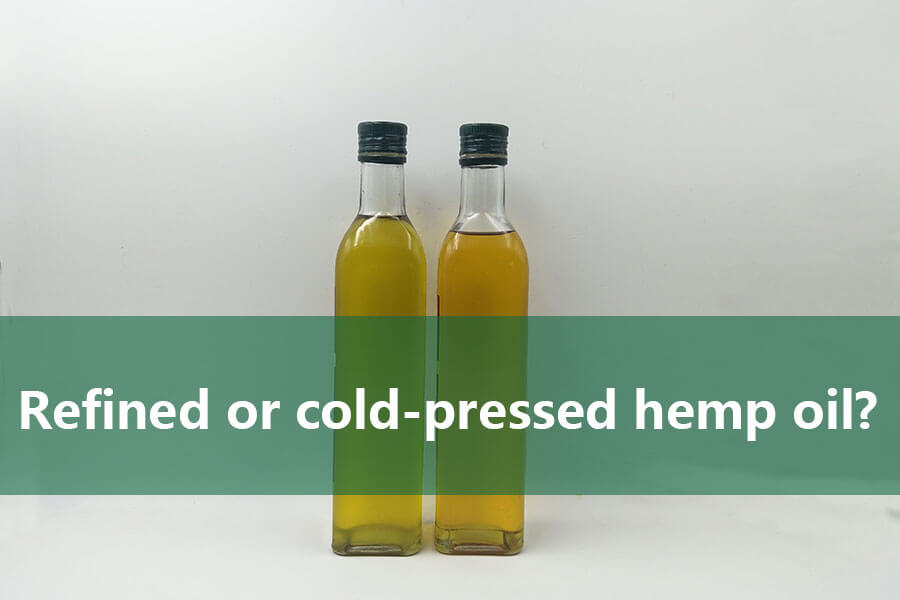As forks become voting tools for planetary health, a humble hero emerges: cold-pressed pumpkin seed protein. Beyond its velvety texture and earthy flavor, this plant powerhouse delivers soil-to-jar regeneration—here’s how it aligns with genuine sustainability.

Zero-Waste Farming: Where Every Pumpkin Tells a Story
Traditional pumpkin harvests discard 90% of the plant. Forward-thinking farms like Zurich’s BioKürbis Co-op redesigned the cycle:
- Seeds → Protein powder
- Flesh → Purees for local bakeries
- Stems/Leaves → Livestock feed or compost tea
- Skins → Bioplastics prototyping✦ Result: 200% higher income per acre vs. monocropped soy.
Water Wisdom: The Thirst Quencher You Didn’t Expect
| Protein Source | Liters Water per Gram Protein | CO₂e (kg/kg protein) |
|---|---|---|
| Beef | 112 | 49.9 |
| Soy | 5.5 | 2.2 |
| Pumpkin Seed | 1.1 | 0.8 |
| Almond | 16.5 | 3.7 |
Rain-fed growth: 70% less irrigation than almonds.
Soil Salvation: Underground Carbon Banking
Pumpkins act as cover crops—suppressing weeds between corn/bean rows while:
- Adding 11 tons organic matter/ha → soil sponge effect
- Hosting mycorrhizal fungi → pulls CO₂ into stable humusRegenerative Bonus: Peruvian farms reversed desertification in 3 years by rotating pumpkins.
Nutrition Return on Investment (NROI)
Unlike resource-draining isolates, pumpkin protein delivers whole-food synergy:
- Zinc (23% DV/serving): Immune resilience sans mining-heavy supplements
- Magnesium: Electrolyte balance > synthetic electrolyte powders
- Tryptophan → Serotonin: Mental wellness support, reducing pharma dependenceCircular Payoff: Nutrients from healed soils require less processing.
Social Equity: The Quiet Revolution
In Uganda’s “Pumpkins for Peace” initiative, women’s collectives:
- Use manual screw presses → zero electricity
- Sell protein powder locally → bypass exploitative export chains
- Fund girls’ education with 30% profitsReal Sustainability: Measuring impact in school desks, not carbon credits.
Your Smoothie’s Hidden Superpower
Three effortless upgrades:
- Blend with frozen banana + spinach → creamy texture masks greens
- Stir into oatmeal → adds complete protein (all 9 essentials)
- Energy balls with dates + cacao → magnesium-rich stress busters
Ecological Nutritionist Insight: “True sustainable nutrition isn’t just ‘less harm.’ Pumpkin seed protein actively rebuilds—through carbon sequestration, water stewardship, and community agency. It turns daily nourishment into land healing.”
— Dr. Aisha Mbenga, Food Systems Ecologist
The Regenerative Report Card
| Metric | Pumpkin Seed Protein | Pea Protein | Whey Isolate |
|---|---|---|---|
| Water Footprint | ★★★★★ | ★★★☆☆ | ★☆☆☆☆ |
| Soil Regeneration | ★★★★★ | ★★☆☆☆ | ☆☆☆☆☆ |
| Biodiversity Support | ★★★★☆ | ★★☆☆☆ | ☆☆☆☆☆ |
| Social Impact | ★★★★☆ (community) | ★★☆☆☆ | ★☆☆☆☆ |
| Nutrient Density | ★★★★☆ (whole-food) | ★★☆☆☆ | ★★★☆☆ |
Why This Isn’t Just Another Trend: Organic pumpkin seed protein shines not by being perfect, but by transforming weaknesses:
- Marginal lands → thriving polycultures
- “Waste” crops → premium nutrition
- Small farmers → micro-entrepreneurs
Warning: Seek cold-pressed, pesticide-free versions. Heat processing destroys fragile tryptophan.
Sources: UN Water Scarcity Report, Rodale Institute Farming Systems Trial, Women’s Earth Alliance “Pumpkins for Peace” Case Study
Pro Tip: Buy in bulk glass jars → keeps fats stable and avoids plastic downcycling. Stir before use—natural separation occurs.
Recommended Product
Organic Pumpkin Seed Protein Powder
Organic pumpkin seed protein powder offers ≥60% protein with unique sleep support, prostate health, and…



